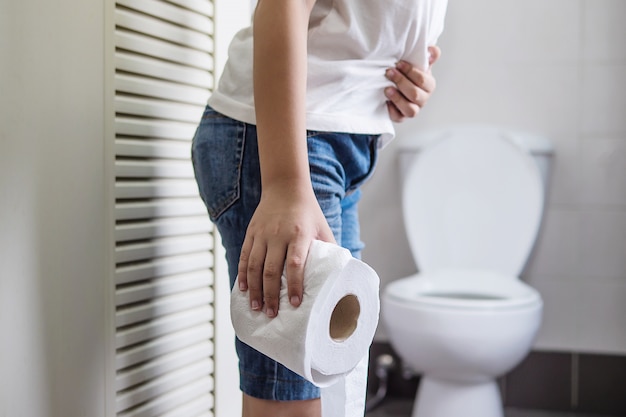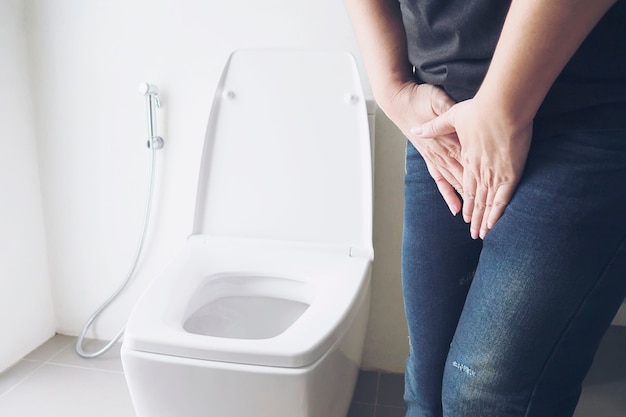Category
Filters
Incontinence
253 products
Products like diapers, underpads, and seat protectors are used to manage incontinence, which is an involuntary or accidental release of urine, feces, or wind from the bowel, and all its symptoms. Incontinence products can help manage the symptoms experienced due to bladder or bowel control problems, which can be caused by medication, weakened sphincter muscles, and aging, among other conditions.
Incontinence may occur due to an infection, constipation, or irritation. If it lasts longer than initially expected, it can be attributed to a weakened bladder, pelvic muscles, or due to aging. Some incontinence products, like absorbent pads, are placed inside underwear to hold urine or take the place of underwear with added waterproof liners and built-in cloth pads for better absorption.

Your ideal incontinence product should depend on the leakage protection you need. When dealing with this condition, it’s important to have products at hand to keep moisture in check and to make sure you’re prepared for any situation that comes your way. For light leakage protection, absorbent pads or liners may be secure enough to keep you dry throughout the day. For those with more moderate or severe leakage, absorbent underwear and pads that have a more heavy-duty quality may be needed.
4 Tips on How to Deal with Incontinence
Drink your water
Keeping yourself hydrated ensures that your bladder and intestines are not aggravated. Moreover, hydration also helps keep the urge to use the restroom less frequently. Staying hydrated means urine and bowels do not have a buildup of germs and are not highly concentrated. Remember to keep a bottle of water near you so that you can fulfill the recommended 6 to 8 glasses easily.
Journal your bathroom breaks and meals
Taking note of when you usually go to the restroom and what you have had to eat can help you prepare in advance for any incontinence-related accidents. Also, doing this allows you to keep track of the time intervals during which you must take a restroom break. It is easier to manage the condition when you follow a bathroom schedule instead of waiting to feel the urge. In the long run, you’ll be able to see patterns that can help identify what triggers you to urinate or poop.

Bladder retraining
Kegel exercises may be more associated with strengthening the female pelvic floor, but everyone can benefit by retraining the bladder slowly but surely to hold urine in when needed. It might be challenging to start but it can really make a difference. Try adding intervals of 15 minutes every few days or so and work your way towards retraining your bladder.
Refrain from drinking alcohol or coffee
Alcohol and coffee are diuretics, which increase the production of urine. If you are having serious trouble holding it in, try minimizing the amount of coffee and alcohol you take in. This will very likely be a significant help in reducing unwanted urine leaks. If you’re committed to stopping drinking these beverages, try finding alternatives that are not diuretics, or not as much of a diuretic.
Category
Filters
























